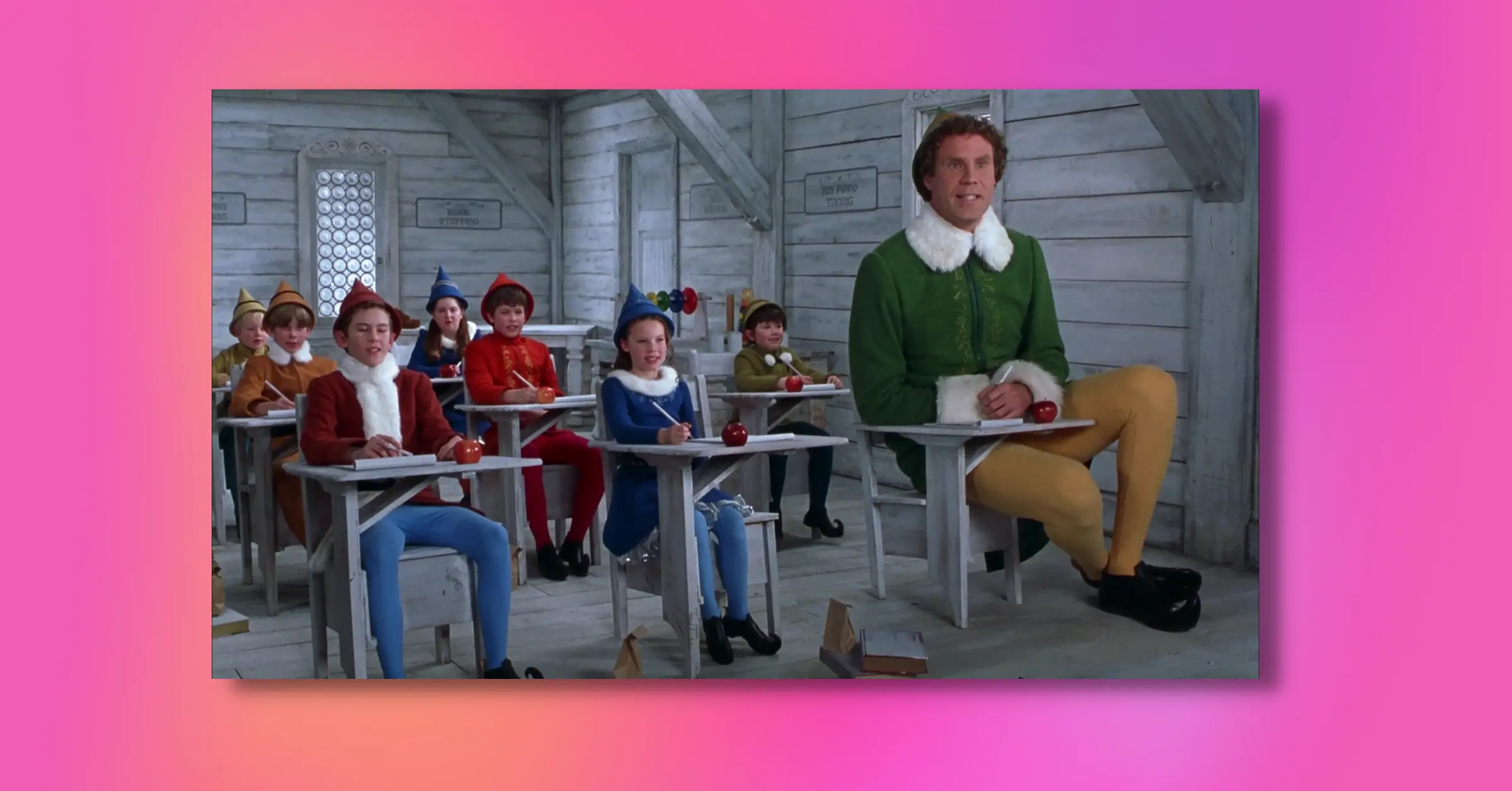The Amazing Spider-Man
The Amazing Spider-Man comic is a seminal piece in the superhero genre, first swinging onto the scene in 1963 under the creative helm of writer Stan Lee and artist Steve Ditko. The narrative orbits around Peter Parker, a high school student endowed with arachnid-like abilities following a spider bite, navigating the labyrinth of heroism amidst the whirlpool of adolescent life.
- Status:Wanted
- Last Produced by:
- Year:
- Other:
- Rank Change:-1
- Peak Rank:
Hype Metrics
Franchise Age
Nostalgia Factor
Search Volume
The Amazing Spider-Man Pinball
The Amazing Spider-Man, first unmasked to the world in 1963 by the creative duo Stan Lee and Steve Ditko, introduced readers to a new kind of superhero - a high schooler named Peter Parker who, bitten by a radioactive spider, donned a mask to become the titular web-slinger. Unlike the god-like or billionaire personas of his superhero counterparts, Peter's youth and everyday problems resonated with readers, making Spider-Man a revolutionary character in the comic book world. The series' portrayal of Peter grappling with typical teenage issues like romance, school, and family, all while shouldering the mantle of Spider-Man, made it a compelling narrative that blended superhero adventures with relatable human drama. Over the decades, the comic explored complex themes such as identity, power, responsibility, and the human condition, often encapsulated in Peter's iconic vow that "with great power comes great responsibility".
The artistic and narrative evolution of The Amazing Spider-Man mirrors the changing times, each era imbuing the series with fresh perspectives and challenges for our hero. From Ditko's quirky and angular art to John Romita Sr.'s more romantic and realistic style, the visual storytelling of Spider-Man has been as dynamic as its narrative arcs. Iconic villains like the Green Goblin, Doctor Octopus, and Venom not only challenged Spider-Man but also reflected varying aspects of Peter's persona and the broader social anxieties of the times. The Amazing Spider-Man has been a canvas on which a myriad of writers and artists have explored societal changes, technological advancements, and the enduring question of what it means to be a hero.
The lasting legacy of The Amazing Spider-Man comic is a testament to the depth and versatility of its central character and the world around him. Its influence has transcended the pages of comic books and has swung into various forms of media including television, movies, and even Broadway, showcasing the universal appeal and enduring nature of Spider-Man’s story. The Amazing Spider-Man isn’t merely a comic series; it's a nuanced examination of heroism entwined with a coming-of-age tale that continues to resonate with audiences across the globe, ensuring Spider-Man's place in the pantheon of cultural icons.






